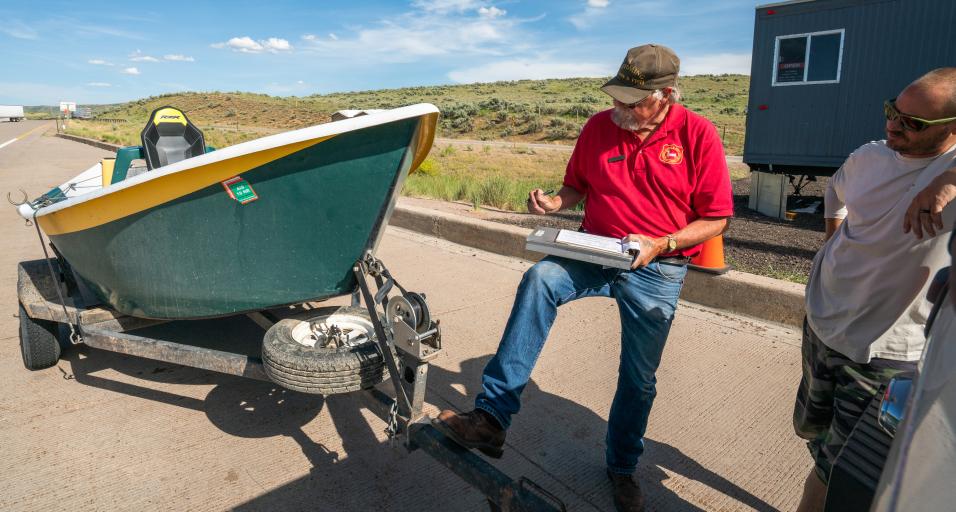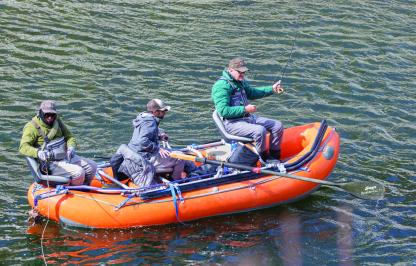For more than a decade the Wyoming Game and Fish Department has prioritized keeping aquatic invasive species (AIS) out of the state’s lakes and reservoirs. But, as the threat of zebra and quagga mussels grow, Game and Fish is taking extra precautions to prepare. This spring, the department is rolling out rapid response plans to help act quickly if AIS are discovered, and wants feedback from the public.
Game and Fish is taking public comments until May 16 on 22 proposed plans for lakes and reservoirs throughout the state. Plans and an online feedback form are available on the AIS website.
If AIS like zebra or quagga mussels are discovered in a Wyoming waterbody, these plans shift AIS management to contain the mussels while preventing further spread in Wyoming and across the West.
”These plans, if needed, will focus on containment and preventing the further spread of zebra or quagga mussels through coordination, education and monitoring, along with watercraft inspections and decontamination,” said Josh Leonard, Game and Fish aquatic invasive species coordinator. “In most locations, if mussels are found, there will be limited access points and opportunities to launch watercraft initially during the first year, and shore launching of watercraft may be prohibited. Check stations will be strategically relocated at highway pinch-points to intercept all watercraft traveling to and from the reservoir.”
Rapid response plans were drafted for the bodies of water in Wyoming based on the high likelihood for zebra or quagga mussel introduction. Those criteria include high boater use, particularly by out-of-state boaters, and water with chemical and physical characteristics that favor zebra or quagga mussel survival and colonization.
In all, Game and Fish will have 23 rapid response plans. Flaming Gorge Reservoir was the first of the series, released earlier in 2021.
Kevin Gelwicks, Game and Fish assistant fisheries management coordinator, said department fisheries biologists have spent a considerable amount of time drafting these plans, which detail the equipment, personnel and other resources that will need to be put in place to combat a mussel detection.
“Development of these plans has been a valuable exercise and has heightened our awareness of what is at stake if mussels ever become established in Wyoming. Now, hopefully we can put these plans on the shelf and never have to use them,” he said.
To review and provide feedback on, visit the AIS rapid response plan webpage.
Game and Fish seeks feedback on aquatic invasive species rapid response plans
Sara DiRienzo (sara.dirienzo@wyo.gov)



